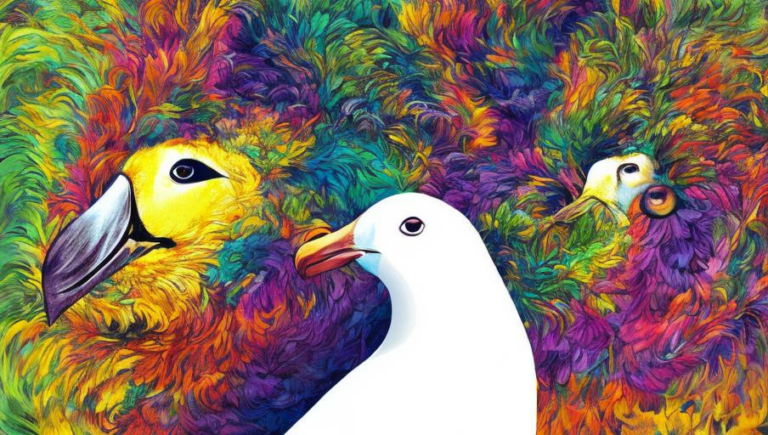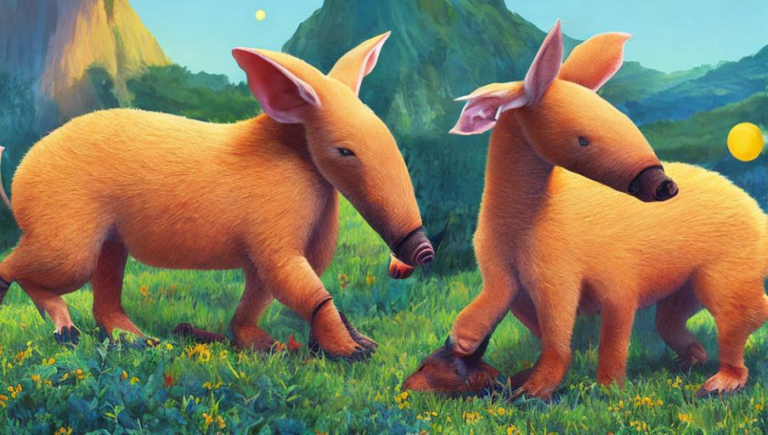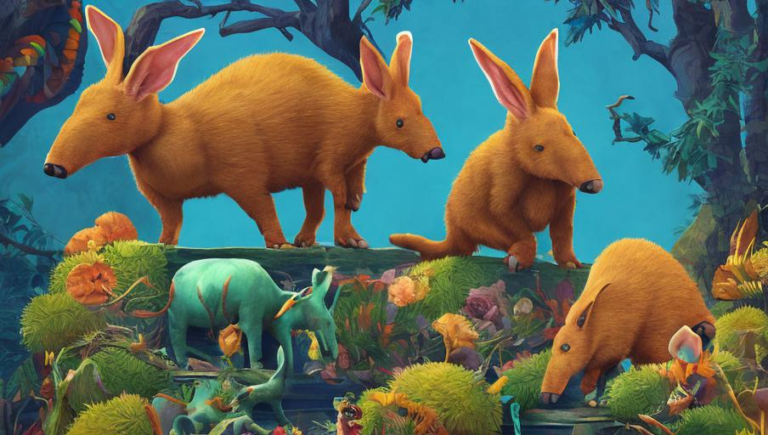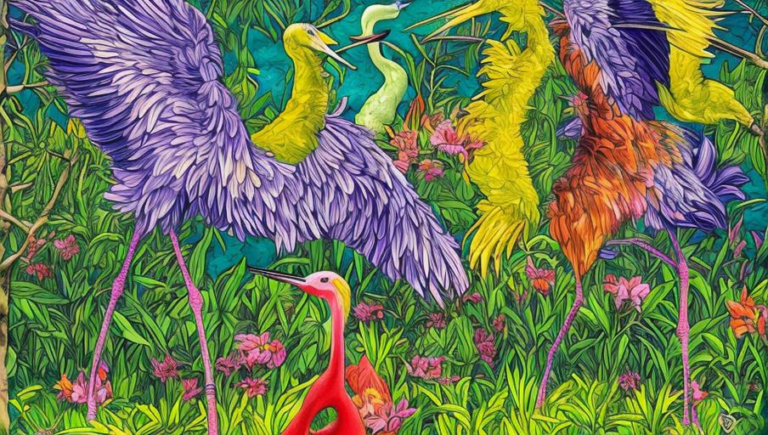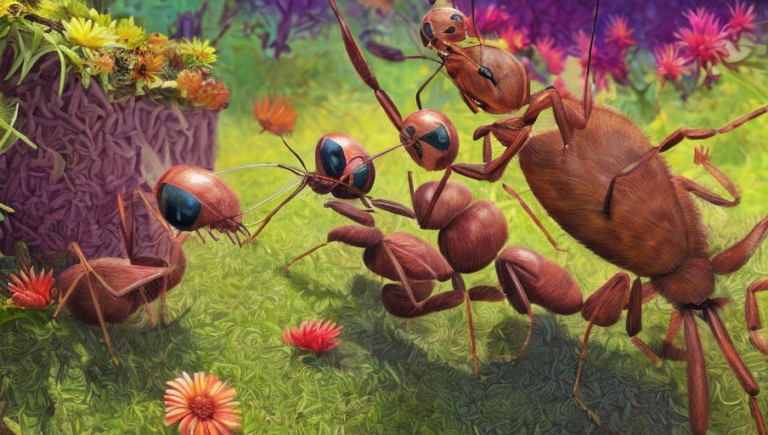No Water, No Problem: The Camel’s Adaptations

Introduction
The camel is an incredibly unique creature that has become a symbol of the desert. It has the ability to survive in extreme conditions where other animals would perish without water. Camels can go for days or even weeks without access to water, thanks to their adaptations that help them conserve and use any water they do find.
Adaptations for Water Conservation
One of the most striking adaptations of camels is their ability to hold large amounts of water in their bodies. Camels can store up to 25 gallons of water in their stomachs and intestines for extended periods without drinking. This helps them survive in the desert, where water can be hard to come by. Camels also have specialized kidneys that can reabsorb moisture in their urine, reducing the amount of water they need to drink.
Camels also have an interesting adaptation to conserve water in their blood. They produce more concentrated blood than other animals, which helps them survive in hot climates. This adaptation also helps them to conserve water, as they don’t need to drink as much.
Adaptations for Heat Tolerance
Camels also have adaptations that help them tolerate hot climates. Camels have long, curved eyelashes that protect their eyes from blowing sand and dust. They also have wide nostrils and lips to help them keep out the sand, preventing it from entering their lungs. Camels also have thicker fur than other animals, which helps keep them cool in the hot desert sun.
Camels also have another interesting adaptation that helps them handle the heat. They can change the amount of heat they give off by adjusting their body temperature. This helps them conserve energy in the heat and keep themselves from overheating.
Conclusion
The camel is an incredible creature that has adapted to the extreme conditions of the desert. Its adaptations for water conservation and heat tolerance help it survive in the harsh environment and make it an iconic symbol of the desert. Camels are an amazing example of nature’s ability to adapt to its environment.
